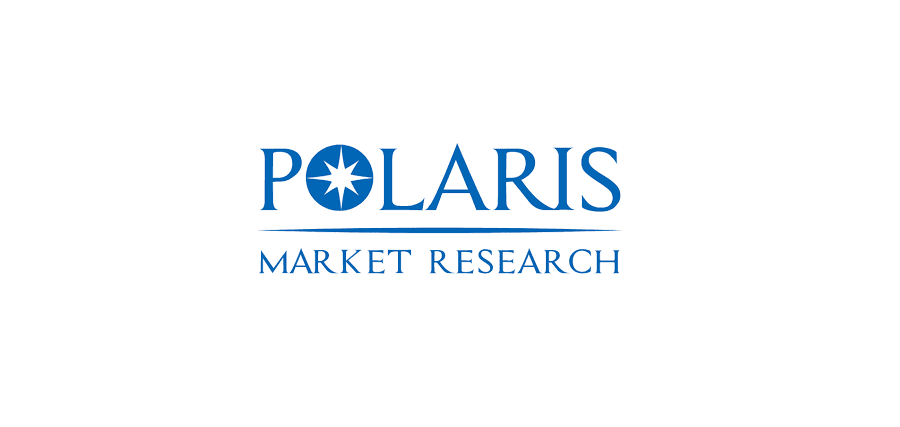3D Cell Culture Market Projected to Reach USD 3,847.53 Million by 2032, Expanding at a CAGR of 10.9%
- prajwal79
- May 16
- 4 min read

The Global 3D Cell Culture Market, valued at USD 1,513.89 million in 2023, is on a strong growth trajectory, expected to expand at a compound annual growth rate (CAGR) of 10.9% from 2024 to 2032. The market is projected to reach USD 3,847.53 million by 2032, fueled by increasing demand for physiologically relevant in vitro models, innovations in tissue engineering, and rising applications in drug discovery and regenerative medicine.
Market Overview
3D cell culture systems mimic the complex structure and functionality of natural tissues more accurately than traditional 2D methods. By enabling cells to grow in all three dimensions, these platforms provide more realistic environments for studying cellular behavior, disease progression, and drug responses.
As pharmaceutical companies, academic institutions, and biotechnology firms focus on improving preclinical outcomes, 3D cell culture models have become indispensable in biomedical research. They are widely used in cancer research, stem cell studies, organ-on-chip development, and personalized medicine applications.
𝐄𝐱𝐩𝐥𝐨𝐫𝐞 𝐓𝐡𝐞 𝐂𝐨𝐦𝐩𝐥𝐞𝐭𝐞 𝐂𝐨𝐦𝐩𝐫𝐞𝐡𝐞𝐧𝐬𝐢𝐯𝐞 𝐑𝐞𝐩𝐨𝐫𝐭 𝐇𝐞𝐫𝐞:
Key Market Growth Drivers
Rising Demand for Predictive Drug Screening Models
Traditional 2D cell culture techniques often fail to replicate in vivo cellular responses, resulting in poor translational accuracy in drug development. 3D cell culture systems provide more predictive models, reducing costly late-stage clinical trial failures.
Growth of Regenerative Medicine and Stem Cell Research
3D culture techniques are integral to the development of organoids and tissue constructs, supporting breakthroughs in organ regeneration, wound healing, and stem cell therapy.
Technological Advancements in Scaffold-Based and Scaffold-Free Systems
Innovations in bioprinting, hydrogels, and microfluidics have significantly improved the complexity and scalability of 3D cell culture platforms, enabling their use in high-throughput screening and precision medicine.
Increased Adoption in Cancer Research
Tumor spheroids and cancer organoids created through 3D culture techniques provide more accurate tumor microenvironments for studying cancer progression, metastasis, and therapeutic resistance.
Regulatory Push Toward Alternative Testing Models
Regulatory agencies and ethical committees are promoting alternatives to animal testing. 3D cell cultures offer a compelling, biologically relevant solution that aligns with 3Rs (Replace, Reduce, Refine) principles in preclinical research.
Market Challenges
Despite promising growth, the market faces several limitations:
High Setup and Operational Costs
Advanced 3D cell culture platforms often require costly instruments, specialized reagents, and trained personnel, which can limit adoption, particularly in small- to mid-sized research labs.
Standardization and Reproducibility Issues
Unlike 2D cultures, 3D models may vary in size, structure, and cellular composition, leading to challenges in reproducibility and data interpretation across laboratories.
Scalability Concerns in Drug Discovery
While 3D cell models are biologically superior, their integration into high-throughput screening platforms remains complex, slowing their widespread adoption in commercial drug discovery pipelines.
Limited Awareness in Emerging Markets
In many developing countries, awareness about the advantages of 3D cultures over conventional systems is still low, hindering the pace of market expansion.
Regional Analysis
North America
North America holds the largest share of the global 3D cell culture market, led by the United States. The region's dominance is attributed to robust investments in biotechnology, strong academic research infrastructure, and high demand from the pharmaceutical industry. Government grants and funding from NIH and FDA initiatives support the adoption of advanced culture systems.
Europe
Europe is the second-largest market, with significant contributions from Germany, the UK, and France. The EU’s commitment to reducing animal testing and advancing organ-on-chip technologies is catalyzing growth in 3D cell culture adoption.
Asia-Pacific
The Asia-Pacific region is expected to witness the fastest growth during the forecast period, driven by increasing R&D expenditure, expanding biopharma sectors in countries like China, India, and Japan, and growing awareness of 3D technology benefits. The region is also becoming a hub for CROs offering 3D culture-based research services.
Latin America and Middle East & Africa
These are emerging markets with growing demand for innovative research tools. While still at a nascent stage, increasing investment in biomedical research and education is gradually fostering adoption in countries like Brazil, South Africa, and the UAE.
Market Segmentation
By Technology
Scaffold-Based
Uses hydrogels, collagen, alginate, and synthetic scaffolds to provide structural support for cells.
Scaffold-Free
Utilizes spheroids, organoids, and hanging drop methods. These models are preferred for studying cell-cell interactions.
Bioreactor-Based
Dynamic culture systems that enhance nutrient and gas exchange, often used in tissue engineering.
Microfluidics-Based (Organs-on-Chips)
Offers highly controlled environments and is gaining traction in personalized drug testing and disease modeling.
By Application
Cancer Research
Stem Cell Research
Drug Discovery & Toxicology
Regenerative Medicine
Tissue Engineering
By End User
Pharmaceutical & Biotechnology Companies
Academic & Research Institutes
Contract Research Organizations (CROs)
Hospitals & Diagnostic Labs
Key Companies in the Market
The global 3D cell culture market is moderately fragmented with a mix of established players and innovative startups. Companies are focusing on strategic partnerships, R&D investments, and product development to maintain a competitive edge.
Major Players:
Thermo Fisher Scientific Inc.
Offers a wide portfolio of 3D cell culture platforms including scaffold-based systems and reagents.
Corning Incorporated
Renowned for its Matrigel matrix and ultra-low attachment surfaces for spheroid formation.
Merck KGaA
Provides a broad range of hydrogels, media, and tools for 3D tissue modeling and drug screening.
Lonza Group AG
Specializes in cell culture products and custom 3D culture solutions for biopharmaceutical companies.
Greiner Bio-One International GmbH
Supplies innovative 3D culture plates and microplate technologies.
3D Biotek, LLC
A pioneer in scaffold-based 3D cell culture systems for tissue engineering.
Insphero AG
Focused on scaffold-free 3D microtissues for disease modeling and toxicology.
Emulate, Inc.
Leader in organ-on-chip systems, collaborating with pharmaceutical companies for preclinical applications.
Conclusion
The 3D cell culture market is evolving rapidly, becoming a cornerstone technology in biomedical research. As demand for physiologically relevant cell models increases, driven by innovation and precision medicine trends, the market is projected to nearly triple over the next eight years — reaching USD 3.85 billion by 2032.
𝐁𝐫𝐨𝐰𝐬𝐞 𝐌𝐨𝐫𝐞 𝐑𝐞𝐬𝐞𝐚𝐫𝐜𝐡 𝐑𝐞𝐩𝐨𝐫𝐭𝐬:


Comments